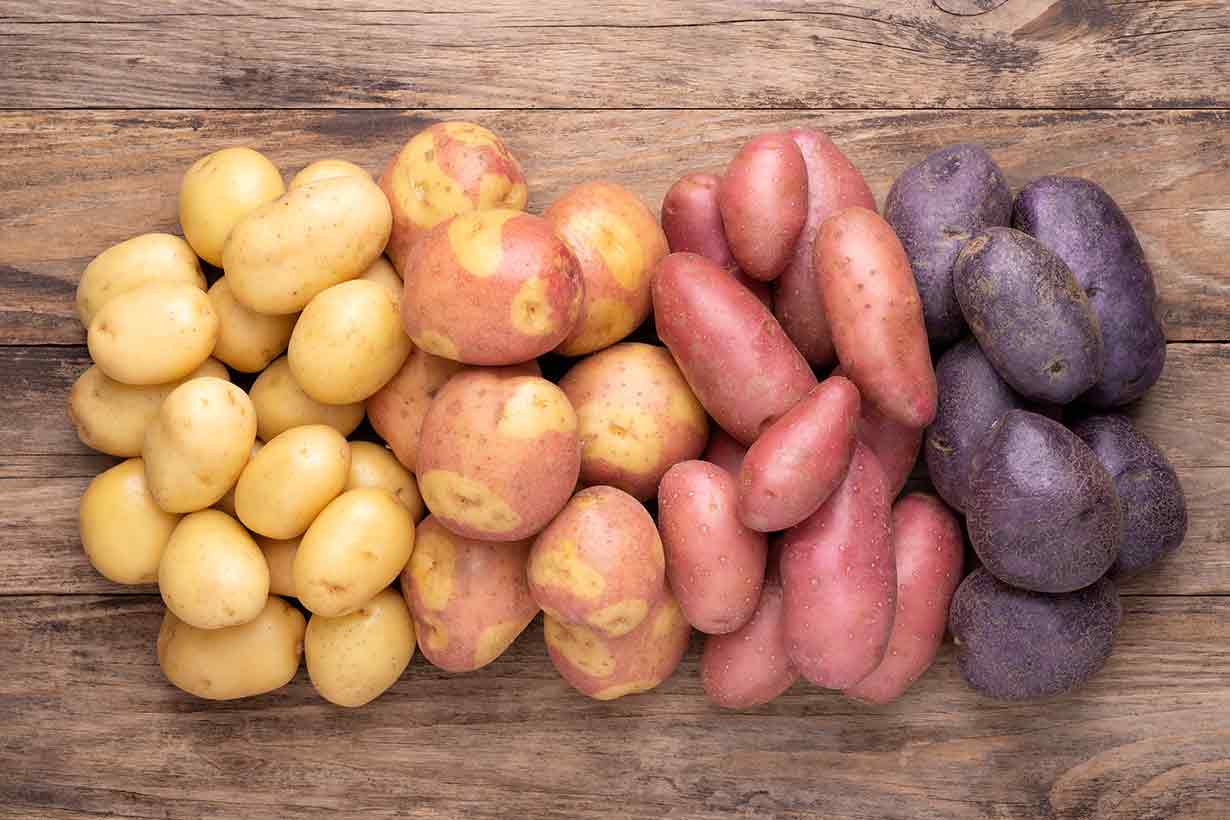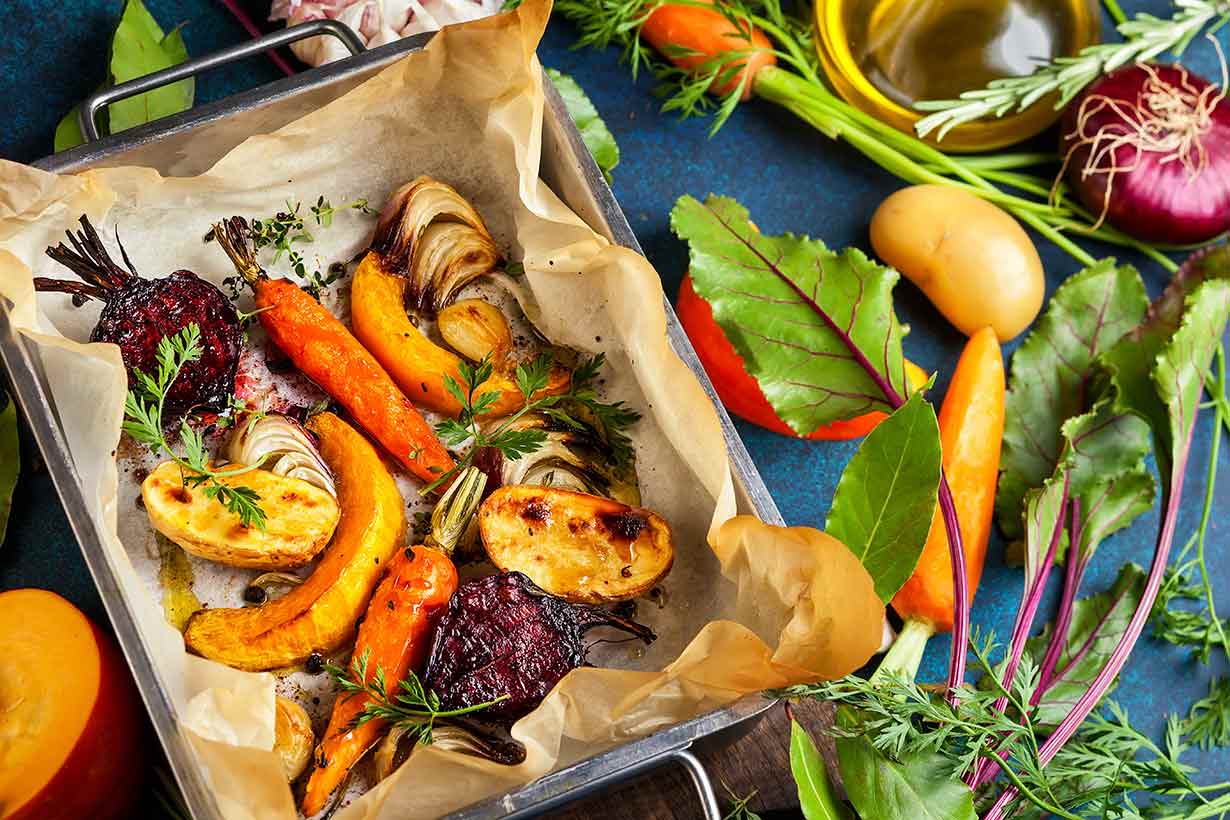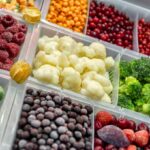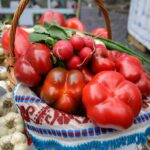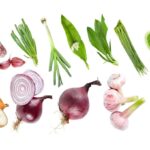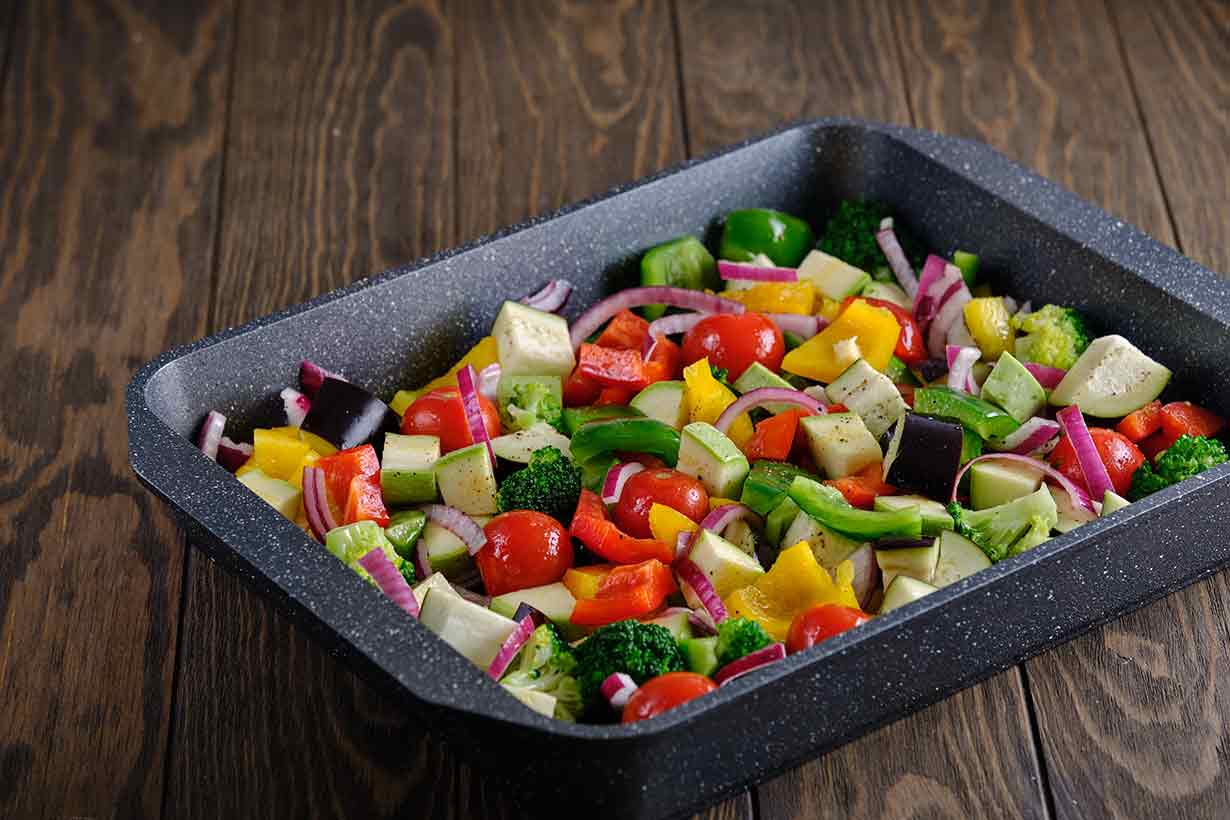There are hundreds of different vegetables, but their individual nutrient profiles can significantly vary.
For those looking for some fiber-rich options, this article presents a list of vegetables that contain the highest amount of dietary fiber.
According to recommendations from the Institute of Medicine (IOM), the adequate intake (AI) for fiber is 14 grams per 1000 calories of intake per day.
This figure is equivalent to 38 grams for adult men and 25 grams for adult women (1).
1) Green Peas
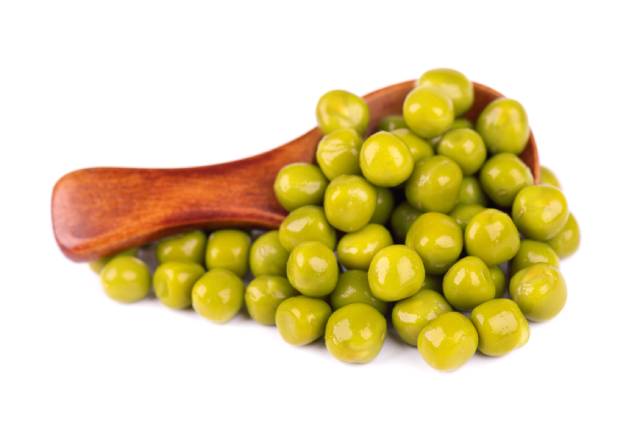
Peas are actually a type of legume, but since they are sold and used as vegetables, they make this list.
In addition to their fiber content, peas are also an excellent source of vitamins and minerals, particularly vitamin C.
| Fiber content per cup serving | Fiber per 100 g |
|---|---|
| 8.3 g | 5.7 g |
Source: USDA FoodData Central: Peas, Green, Raw
2) Artichoke
Artichoke is a vegetable with a unique appearance and a mild and slightly nutty flavor.
With more than five grams of fiber per 100 grams, artichoke is among the most fiber-dense vegetables.
Artichoke is also a significant source of essential nutrients, and it supplies large amounts of folate, vitamin C, copper, magnesium, manganese, and potassium.
| Fiber content per medium artichoke | Fiber per 100 g |
|---|---|
| 6.9 g | 5.4 g |
Source: USDA FoodData Central: Artichokes, raw
3) Edamame
Edamame refers to immature soybeans still in their pods. While technically a legume, edamame tends to be sold and used as a vegetable.
Nutritionally, edamame is a rich source of folate and manganese, and it’s also among the most fiber-rich foods.
| Fiber content per cup serving | Fiber per 100 g |
|---|---|
| 8.1 g | 5.2 g |
Source: USDA FoodData Central: Edamame, frozen
4) Lotus Root
While not as common as some other root vegetables, lotus root is a popular culinary vegetable in South and East Asian cuisine.
Lotus root is usually sliced, marinated, and stir-fried.
If unavailable in big supermarkets, lotus root may be available in Chinese or Asian stores.
| Fiber content per 10-slice serving | Fiber per 100 g |
|---|---|
| 4.0 g | 4.9 g |
Source: USDA FoodData Central: Lotus root, raw
5) Parsnips
Parsnips are one of the most popular root vegetables around the world, and we can use them in a wide variety of ways.
Whether boiled, fried, mashed, or roasted, parsnips are delicious, and they are a rich source of dietary fiber.
| Fiber content per cup serving | Fiber per 100 g |
|---|---|
| 6.5 g | 4.9 g |
Source: USDA FoodData Central: Parsnips, raw
6) Jicama
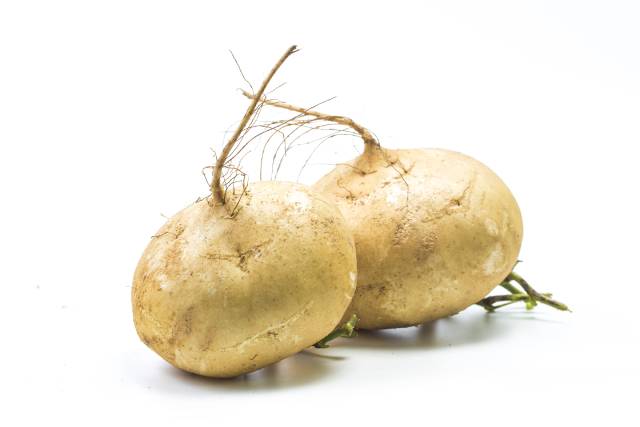
Jicama bears a slight resemblance to a potato, but it is mildly sweet with a crunchier texture.
Also known by the name ‘Mexican yam,’ jicama plays a big role in Mexican cuisine. Jicama may be consumed either raw or cooked, and it is high in fiber and vitamin C.
| Fiber content per cup serving | Fiber per 100 g |
|---|---|
| 6.4 g | 4.9 g |
Source: USDA FoodData Central: Jicama, raw
7) Broad beans (Fava beans)
Although they are another member of the legume family of plants, broad beans are used as a vegetable for culinary purposes.
In addition to their fiber content, these beans are rich in vitamin C during their immature state.
Broad beans may also be referred to as fava beans.
| Fiber content per cup serving | Fiber per 100 g |
|---|---|
| 4.6 g | 4.2 g |
Source: USDA FoodData Central: Broadbeans, immature seeds, raw
8) Chicory Greens
Chicory greens are a type of leafy green vegetable, and they are a significant source of carotenoids and vitamin K1.
The leaves can be eaten raw as part of a salad, though they do taste much better after being sauteed.
| Fiber content per cup serving | Fiber per 100 g |
|---|---|
| 1.2 g | 4.0 g |
Source: USDA FoodData Central: Chicory greens, raw
9) Collard Greens
With a similar nutrient profile to other leafy vegetables, collard greens have a slightly bitter taste.
These leafy greens offer large amounts of carotenoids, vitamins C and K, and dietary fiber.
| Fiber content per cup serving | Fiber per 100 g |
|---|---|
| 1.4 g | 4.0 g |
Source: USDA FoodData Central: Collard greens, raw
10) Brussels Sprouts
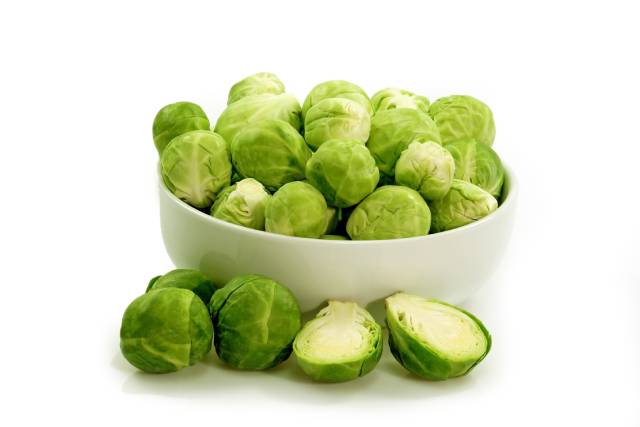
Brussels sprouts are a member of the cabbage family of cruciferous vegetables.
These small and green ball-shaped vegetables are a popular choice at festive occasions such as Christmas and thanksgiving.
Nutritionally, Brussels sprouts are a good source of fiber, vitamin C, and vitamin K1.
| Fiber content per cup serving | Fiber per 100 g |
|---|---|
| 3.3 g | 3.8 g |
Source: USDA FoodData Central: Brussels sprouts, raw
11) Beet Greens
Beet greens are the leaves of the beet (beetroot) plant, and they offer a range of nutritional benefits.
Typically consumed as part of a salad, beet greens can also be cooked in a variety of ways.
Sauteeing beet greens in some garlic and butter (or olive oil) is one of the best ways to eat them.
| Fiber content per cup serving | Fiber per 100 g |
|---|---|
| 1.4 g | 3.7 g |
Source: USDA FoodData Central: Beet greens, raw
12) Kohlrabi
Kohlrabi belongs to the cruciferous family of vegetables alongside broccoli, cabbage, and kale.
However, kohlrabi has an appearance that looks more like a radish. Aside from being high in fiber, kohlrabi is also a significant source of vitamin C and potassium.
| Fiber content per cup serving | Fiber per 100 g |
|---|---|
| 4.9 g | 3.6 g |
Source: USDA FoodData Central: Kohlrabi, raw
13) Okra
Okra has a unique appearance, and it looks like a cross between a cucumber and chili pepper.
This finger-sized green vegetable is popular, and it has a mild flavor with a crunchy texture.
In addition to its fiber content, okra is an excellent source of vitamin C and manganese.
| Fiber content per cup serving | Fiber per 100 g |
|---|---|
| 3.2 g | 3.2 g |
Source: USDA FoodData Central: Okra, raw
14) Green Cauliflower
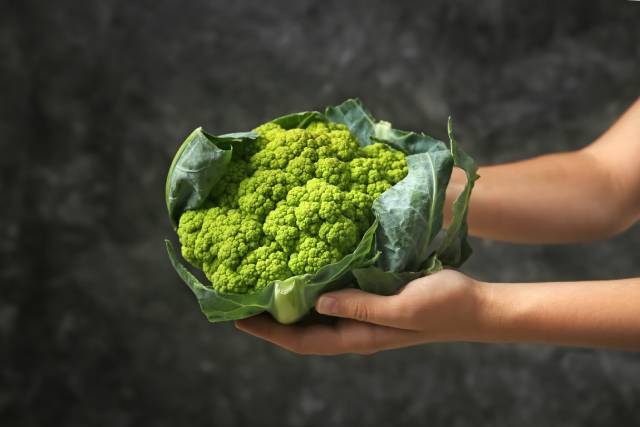
Green cauliflower strongly resembles regular cauliflower, just with a unique green color.
This attractive vegetable also has a slightly different nutrient profile to regular cauliflower, and it has slightly more fiber too.
| Fiber content per cup serving | Fiber per 100 g |
|---|---|
| 2.1 g | 3.2 g |
Source: USDA FoodData Central: Cauliflower, green, raw
15) Savoy Cabbage
Savoy cabbage has large, dark-green, and crumply leaves that are full of nutrients.
Among these nutrients, Savoy cabbage is a particularly good source of fiber, carotenoids, folate, vitamin C, and vitamin K1.
| Fiber content per cup serving | Fiber per 100 g |
|---|---|
| 2.2 g | 3.1 g |
Source: USDA FoodData Central: Cabbage, savoy, raw
16) Endive
While endive looks somewhat similar to cabbage, it is part of the chicory family of vegetables.
Curly endive and escarole, the primary varieties of endive, both work well in stir-fries or sauteed as an accompaniment to a main.
| Fiber content per cup serving | Fiber per 100 g |
|---|---|
| 1.5 g | 3.1 g |
Source: USDA FoodData Central: Endive, raw
17) Beets
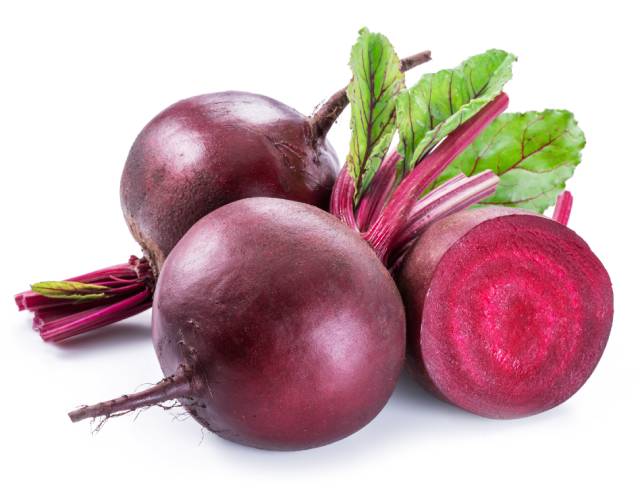
Beets are one of the most versatile vegetables, and they can be eaten raw, boiled, mashed, roasted, or even pickled.
Nutritionally, beets are a good source of dietary fiber, folate, manganese, and potassium.
For more information, see this guide to the nutritional benefits of beets.
| Fiber content per cup serving | Fiber per 100 g |
|---|---|
| 3.8 g | 2.8 g |
Source: USDA FoodData Central: Beets, raw
18) Broccoli
Broccoli is another member of the cruciferous family, and it is one of the most fiber-rich vegetables.
Furthermore, just 100 grams of broccoli provides more than the daily value for vitamin C and vitamin K.
| Fiber content per cup chopped | Fiber per 100 g |
|---|---|
| 2.4 g | 2.6 g |
Source: USDA FoodData Central: Broccoli, raw
19) Scallions (Spring Onion)
Scallions, also known as spring onions, are one of the most flavorful vegetables, and they enhance the taste of a wide range of dishes.
These tasty vegetables also offer high amounts of fiber, carotenoids, vitamin C, and vitamin K1.
| Fiber content per cup chopped | Fiber per 100 g |
|---|---|
| 2.6 g | 2.6 g |
Source: USDA FoodData Central: Spring onions or scallions, raw
20) Cabbage
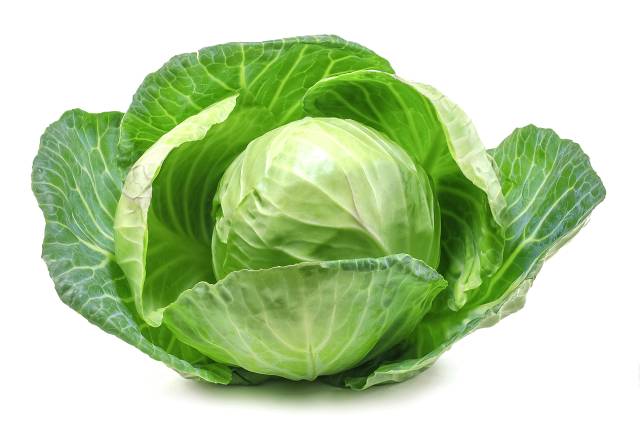
Cabbage is one of the most popular vegetables around the world, and different nations use it in a wide range of ways.
For example, two popular cabbage-based dishes include sauerkraut and kimchi.
Nutritionally, cabbage is a particularly rich source of vitamin C.
| Fiber content per cup chopped | Fiber per 100 g |
|---|---|
| 2.2 g | 2.5 g |
Source: USDA FoodData Central: Cabbage, raw
21) Cauliflower
Cauliflower is another popular and versatile member of the cruciferous family of vegetables.
In recent years, cauliflower has become particularly famous for its use in low-carb recipes in the form of ‘cauliflower rice.’
Similar to other vegetables in the cruciferous family, cauliflower provides high amounts of fiber, vitamin C, and vitamin K1.
| Fiber content per cup chopped | Fiber per 100 g |
|---|---|
| 2.1 g | 2.0 g |
Source: USDA FoodData Central: Cauliflower, raw
Final Thoughts
There is more to vegetables than their fiber content, and they also offer a wide range of nutrients and phytoactive compounds.
However, for individuals wishing to increase their fiber intake, the vegetables in this article are some of the very best options.

